|
HOME: www.hiltonpond.org |
|||
THIS WEEK at HILTON POND Subscribe for free to our award-winning nature newsletter (Back to Preceding Week; on to Next Week) |
TWO BIRD ENCOUNTERS-- We're a bit behind in our periodic reports from Hilton Pond Center and trying hard to get caught up. This next installment deals with two birds we banded--one in the far-off Chayote fields of Costa Rica and the other here at the Center--both of which were encountered on a later date. Each account, we believe, is worth writing about and pondering, for various reasons. COSTA RICA CHAYOTE BIRD Something phenomenal happened on 1 December 2017, not AT Hilton Pond but FOR Hilton Pond Center for Piedmont Natural History and Operation RubyThroat: The Hummingbird Project. Since 2004 we have been leading citizen science expeditions to the Neotropics where we're the only team systematically banding and studying Ruby-throated Hummingbirds on their Central American wintering grounds.
All text, maps, charts & photos © Hilton Pond Center To date we've banded nearly 1,500 RTHU, but we're also permitted to band other Neotropical migrants that incidentally get snared in mist nets we deploy for hummers. At Ujarrás on the Caribbean slope of Costa Rica our research takes place among vast cultivated plantations of Chayote squash that flowers profusely (male blossom, above) and yields copious nectar attractive not only to hummers but to warblers, orioles, and other nectarivores.
All text, maps, charts & photos © Hilton Pond Center Our most commonly banded species at Ujarrás is actually NOT ruby-throats; nope, it's Tennessee Warblers (immature male TEWA, above), whose small, finely tipped bills are just right for taking nectar from Chayote blossoms. TEWA are so plentiful on our Costa Rica study site that most days for lack of time we end up extracting them from nets and releasing them unbanded. Even so, we've banded enough--803 through our expedition in late 2016--that 28 have returned to the Chayote and been recaptured by our citizen scientists in subsequent years. (That's roughly a 3.5% return rate--rather amazing for a long-distance migrant.)
All text, maps, charts & photos © Hilton Pond Center In recent weeks but in our absence Costa Rican colleague Ernesto M. Carman has been running mist nets in the Chayote as part of a training program for Paz A. Irola, a young tica who will be our guide for the January 2018 expedition to Ujarrás. Although they're just netting and not banding 'Nesto and Paz were quite excited on 1 December to capture a Tennessee Warbler (above) that already had a well-worn band on its leg; thanks to the wonders of technology Paz was immediately able to Facebook Message the bird's number to us at Hilton Pond. We suspected it would be one of those many TEWA we had banded, and sure enough a quick look at our files showed #2090-30802 had been caught during one of our expeditions . . . by us . . . in the Chayote plantation . . . in the very same field where it was recaptured! But the really amazing part was WHEN the bird was banded: 11 November 2012 . . . when the bird was reckoned to be an after-hatch-year male . . . making him an after-sixth-year bird at time of this year's recapture! A search of available on-line literature indicates the documented longevity record for a Tennessee Warbler is 6.4 years, and based on standard ageing protocols the bird 'Nesto and Paz recaptured was at least 6.6 years--an apparent new record for the species!
All text, maps, charts & photos © Hilton Pond Center The three of us marveled via Facebook Message about this bird's age--to say nothing of its site fidelity after breeding somewhere in boreal Canada and returning to the very same Costa Rican wintering site in the Neotropics--undoubtedly year after year after year. Thanks go to 'Nesto and Paz for reporting this phenomenal event, and for sending the attached photos of the returning TEWA sporting his mature, bright plumage (above)--complete with gray crown.
All text, maps, charts & photos © Hilton Pond Center (NOTE 1: Our records show the scribe who recorded the data and released the Tennessee Warbler after banding in 2012 was none other than Mary Kimberly. We find this to be especially appropriate because Mary and her husband Gavin MacDonald are our most experienced citizen scientists, having been on SIX Operation RubyThroat expeditions to the Neotropics! Gavin took the above photo of one of three TEWA we banded and Mary scribed on 11 November 2012. It would be an even-more-amazing coincidence if this were the same bird Ernesto and Paz recaptured in December 2017!) All text, maps, charts & photos © Hilton Pond Center AN ENCOUNTER CLOSER TO HOME As suggested by the report above, one big reason scientists conduct bird banding projects is to determine various birds' average longevities. If a banded bird aged at time of capture is encountered at a later date, the finder reports the band number to the federal Bird Banding Lab; the BBL, in turn, communicates the relevant information to the bander. Researchers await and cherish that occasional "Report to Bander" that allows them, among other things, to calculate the life span of an individual bird.
All text, maps, charts & photos © Hilton Pond Center Such was the case this week when we got word about a Mourning Dove (MODO, #1303-21618) banded as an after-hatch-year (AHY) female here at Hilton Pond Center back on 9 Jan 2017. (Click on image below to open a readable image of the report.) All text, maps, charts & photos © Hilton Pond Center This banded MODO was recovered three miles due south of the Center nine months later on 2 September 2017--having been shot legally (How Code 01) on the very first day of dove season, after which the hunter (Who Code 21) dutifully reported the band number to the BBL via its on-line form (Report Method 07). Since the dove was banded in 2017 as adult female (A-S:Age-Sex), we can only say she hatched no later than 2016 but possibly before--meaning she was in at least her second year at time of encounter.
All text, maps, charts & photos © Hilton Pond Center This is nowhere near the longevity record for a free-flying MODO (adult male, above); the banding lab has reports for wild Mourning Doves living an astounding 30 years and 27 years--and both were finally taken by hunters! Because MODO can be hunted legally in many states their overall longevity is undoubtedly affected by hunting, so it seems logical the average age for this species is lower than if it were a non-game species. Conscientious hunters play a very important role in helping scientists understand wild birds because they typically report banded birds they take. In fact, TEN Mourning Doves banded at Hilton Pond and encountered within York County SC have been reported as shot during dove season by area hunters. This is especially interesting because in 36 years banding at the Center we've had only 39 of our banded birds reported from within the county. (This, of course, doesn't count thousands of individual birds we've recaptured at Hilton Pond after banding.) Most banded birds encountered by NON-hunters probably go unreported, so please always check the legs of any dead or injured bird you may find and promptly report the band number, date, and encounter location to the Bird Banding Lab using their on-line form: BAND REPORT. If you need assistance just let us know. The success of some grad student's thesis or dissertation might even depend upon your reports. All text, maps, charts & photos © Hilton Pond Center Don't forget to scroll down for Nature Notes & Photos, 
Checks can be sent to Hilton Pond Center at: All contributions are tax-deductible on your |
|---|
|
"This Week at Hilton Pond" is written and photographed by Bill Hilton Jr., executive director of Hilton Pond Center for Piedmont Natural History
|
|
|
Please refer "This Week at Hilton Pond" to others by clicking on this button: |
Comments or questions about this week's installment? Send an E-mail to INFO. (Be sure to scroll down for a tally of birds banded/recaptured during the period, plus other nature notes.) |

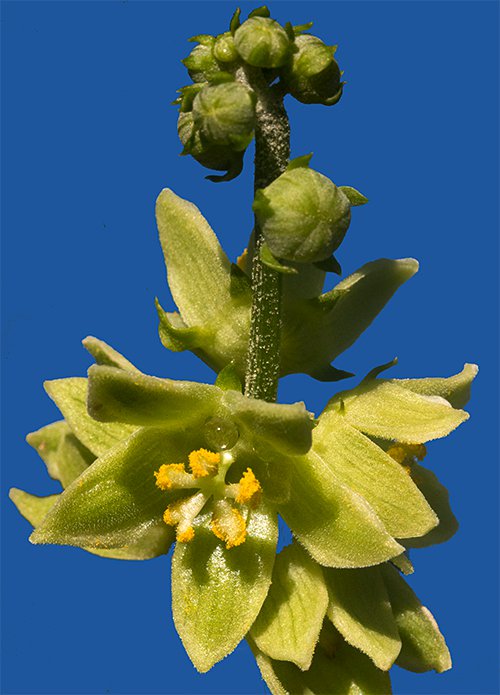
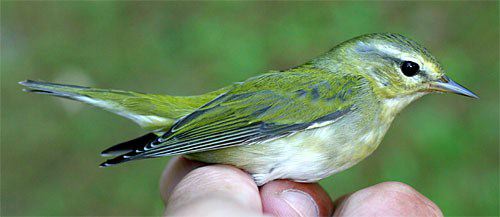
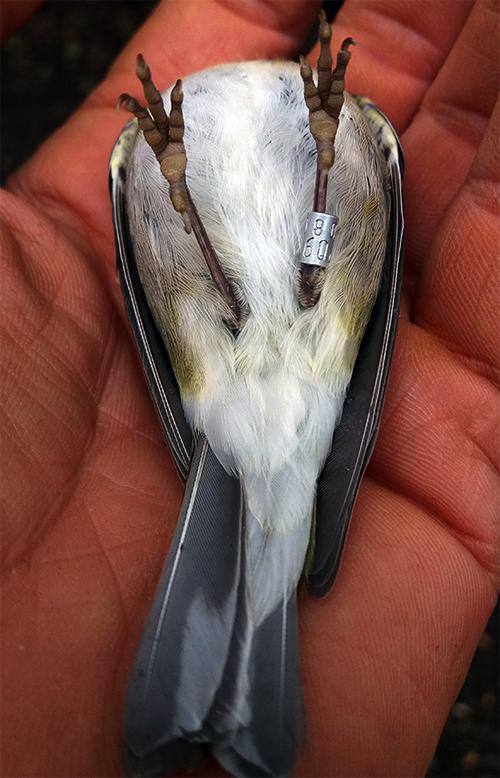
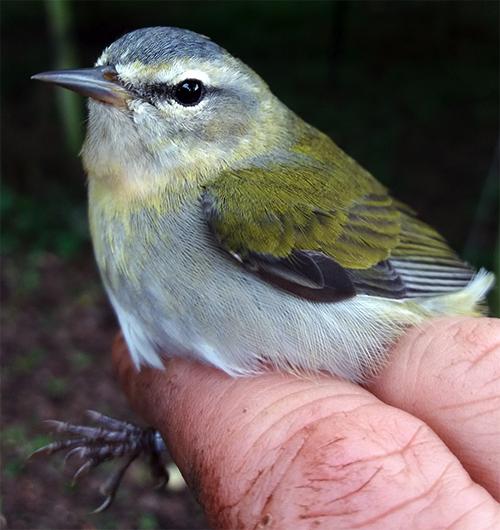
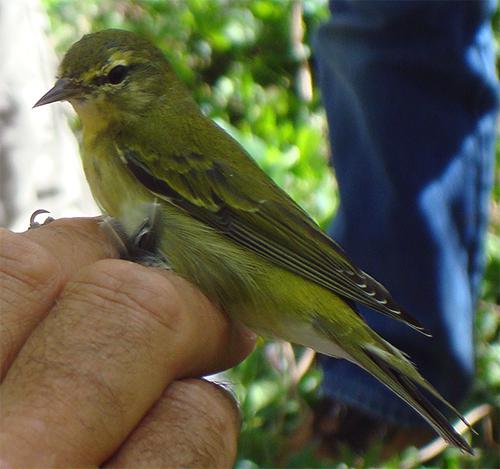
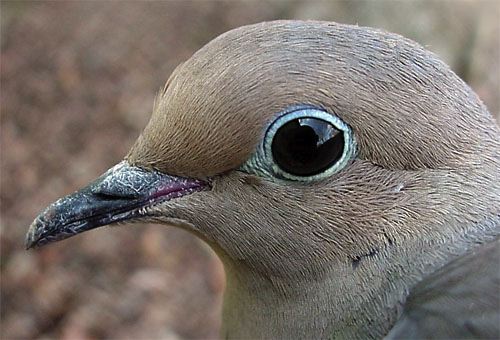

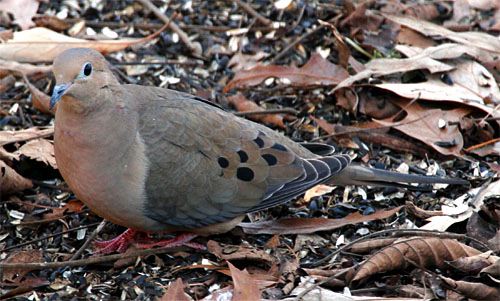








 Please report your
Please report your